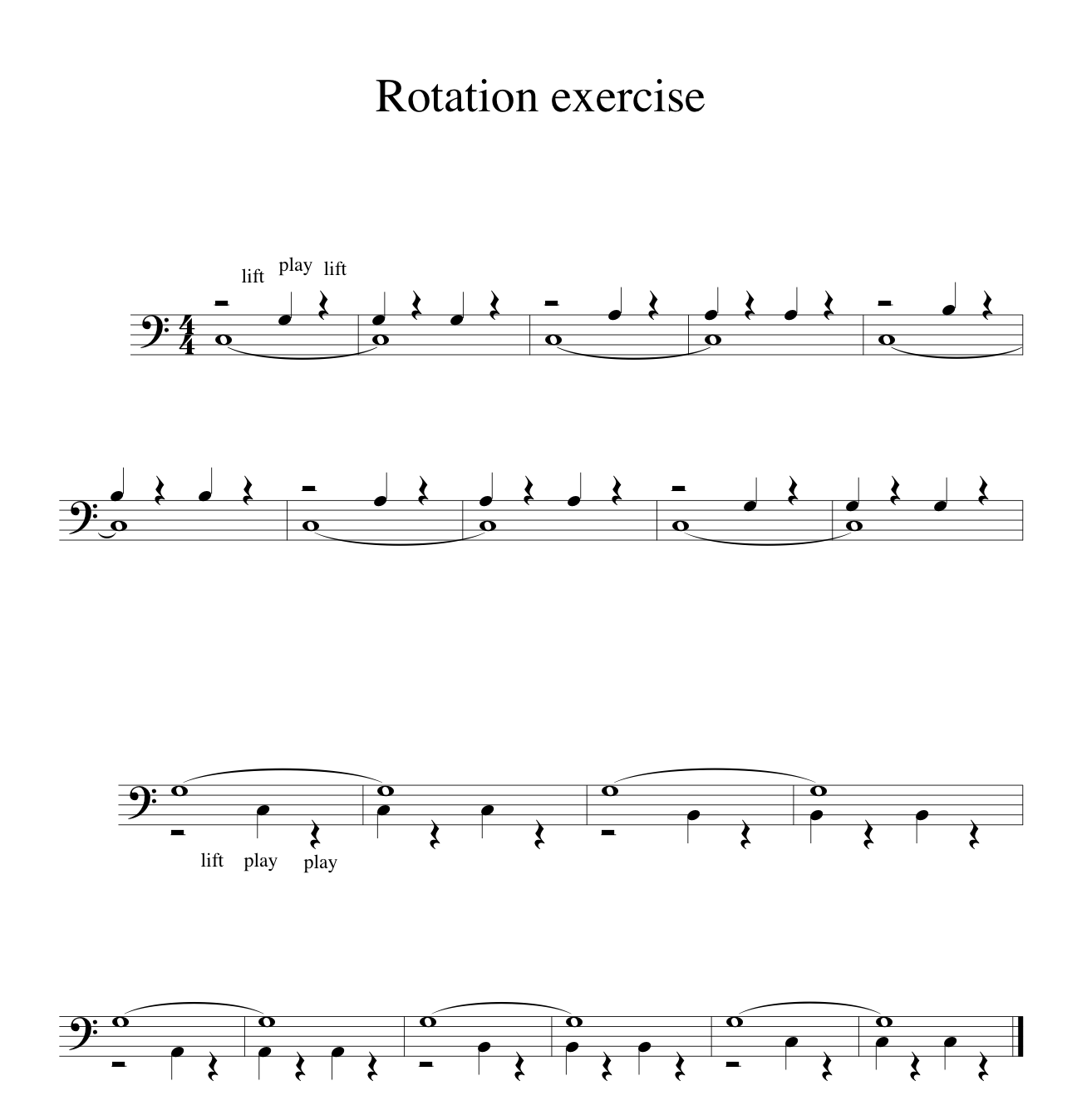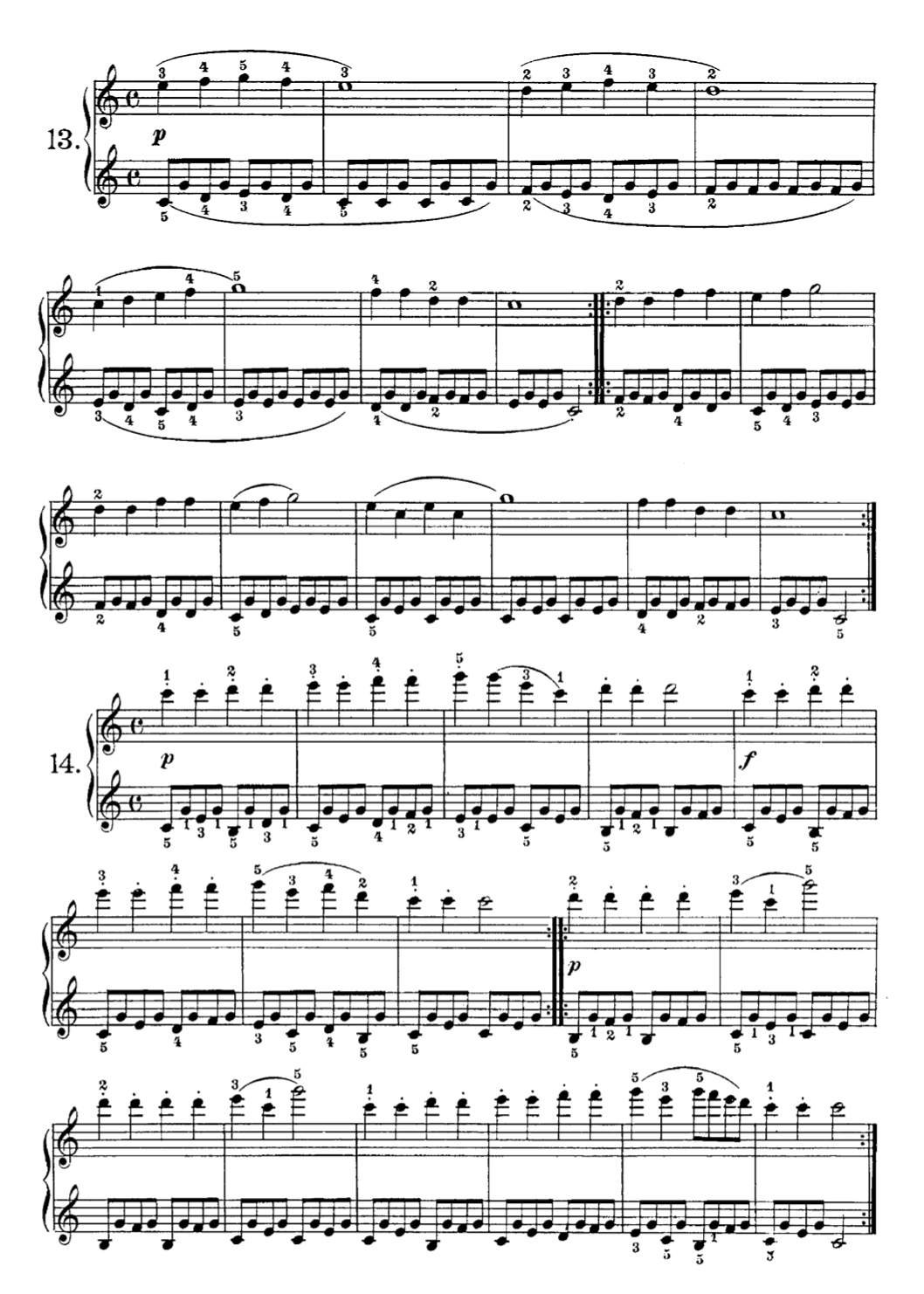Introducing Rotational Movements to Young Piano Students

One of our most important goals as piano teachers is to develop flexibility in our students’ wrists. Pianists who land on chords with supple wrists coax the most beautiful sounds out of the instrument, and using rotational movements of the wrist can lead to the clearest Alberti Basses as well as the most beautiful legato melodies.
Wrist rotation is one of the wonders of the human body. When the hand is in position to play, with the palm facing down, the two bones in the forearm (the ulna and the radius) are crossed, forming an X. Turning the palm upward toward the ceiling causes the two bones to straighten and become parallel. The parts of these bones that meet the elbow remain in the same position, but they exchange positions at the wrist, creating either an X from the two bones or two parallel lines. We can help our students visualize this by having them place the thumb and forefinger of one hand on the bones at the sides of the opposite wrist. Rotating the hand will cause the fingers resting on that wrist to move, revealing the exchanged positions of the ulna and the radius where they meet the hand.
The direction the hand must rotate in order to turn completely over is toward the fifth finger, away from the body. This is called supine rotation, or supination. This is the easier task for our wrists to execute. Rotating toward the thumb, called pronation, is more difficult. One feels resistance when rotating in that direction. As pianists need to be able to rotate in both directions, I often introduce rotational movements to students with exercises that require movement toward the thumb so that they can overcome the natural resistance to rotating in that direction.
Here is one exercise I use:

On the lower half of the above page you’ll see that I then have them reverse the exercise, sustaining the thumb note and using pronation to lift the fifth finger out of the key and supination to play. In either direction it is important that the fifth finger be straight and pointed into the key, not flat. This position is discussed in detail in the earlier article Right from the Start.
Students should feel the entire hand swinging into and out of the keys and not just the fifth finger. After demonstrating the proper movements on the piano I then place my hand on the music desk, in front of their eyes, so that they can watch my hand as they teach their own how to swing back and forth. They should practice the same exercise with the right hand as well.
From here there are numerous etudes by Czerny that require the thumb to repeat the same note while the other fingers alternate. Students all assume the changing notes are the ones that require their attention but will soon learn that if they don’t rotate in both directions the thumb will fail either to depress the key or to release it, making it impossible to repeat that key.

Once they experience the proper amount of rotation needed for every note to speak they are then ready to practice Alberti Bass patterns, which will require quick and constant changes of direction. Establishing this flexibility early in their training sets them on the path to fluent, beautiful playing.





